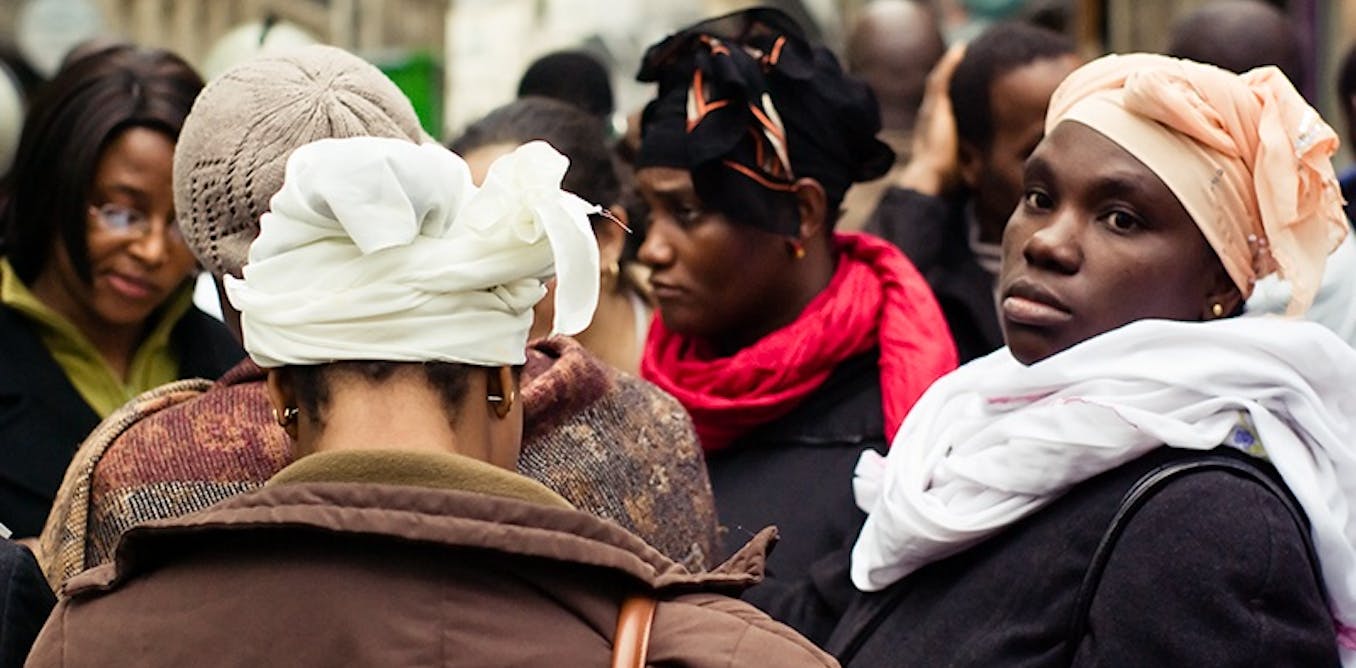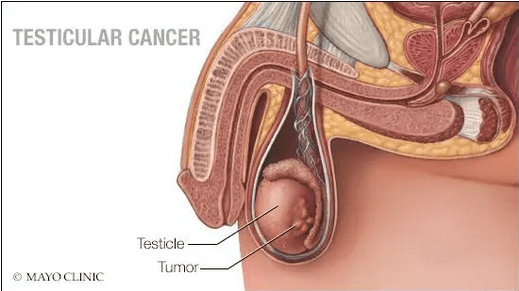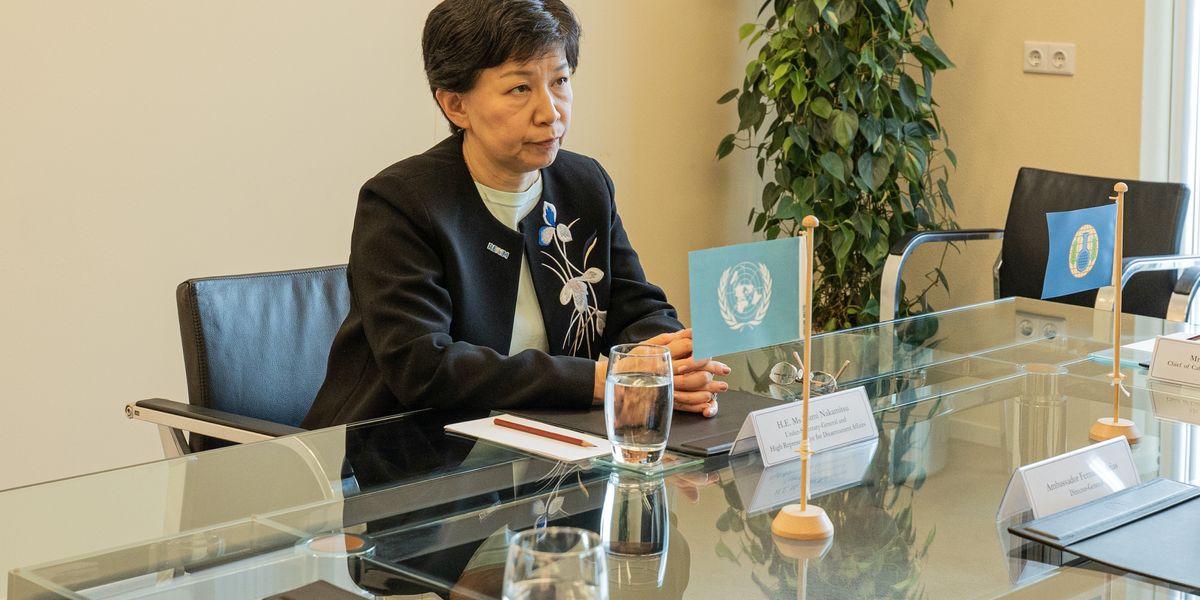Governments and religious institutions regulate marriage. Such regulations are heavily laden with specific moral ideas and cultural taboos. There are heated debates around what counts as “proper” marriage: should polygamy or monogamy be preferred? What should be the minimal age for marriage?
Despite these debates, all contemporary societies see marriage as a sacrosanct institution that deserves legal protection. Not so slavery.
Today slavery is abolished in all countries. But 250 years ago various forms of slavery would have been legal on all continents.
During the period of legal slavery, marriage and slavery were closely interconnected and sometimes overlapped. Slave owners could force their slaves to marry, remain unmarried, or separate from their spouses. They could also marry them.
The forms of power that allowed slaveholders to coerce enslaved persons into unwanted marriages (or out of wanted ones) haven’t disappeared.
First, slavery has not ended. African women and children are caught in illegal networks controlled by sex traffickers who cater for a persistent demand in vulnerable (and therefore sexually abusable) persons. This, today, is outlawed and prosecutable as either slavery or forced marriage. But in the past such a demand was largely met through the provision of enslaved persons who could be used for sexual and conjugal purposes.
This points to continuities in the types of services required, as well as the traffic geographies that connect vulnerable people from the South to demand in the North and Near East, as well as from poorer peripheries to urban centres within different regions in the South.
Second, during recent African wars, militias kidnapped women and forced them into marriage, and sexual or conjugal slavery. Here, too, there are clear continuities with historical forms of wartime captivity. African women – survivors and activists – have been on the forefront of global movements speaking out against these abuses.
Thirdly, African abolitionists today fight against groups who illegally enslave people and defend slavery as a legitimate institution, based on the alleged slave descent of its victims . These practices are peculiarly resilient in connection to the acquisition of enslaved wives or concubines.
I have been studying slavery in African and global history for over two decades. As part of this research, I have considered the relation between slavery and marriage.
In a recent research paper co-authored with professor of politics Joel Quirk, we introduced a collection of articles on slave ‘marriages’ in Africa from 1830 to today.
While slavery has lost the ideological battle almost everywhere, women nevertheless continue to be objectified and subordinated under the protective cloak of “marriage”. What forms of “marriage” are nothing but slavery in disguise? In such cases, does the terminology of “marriage” merely serve the interest of perpetrators?
We can learn from the history of African women’s resistance against slavery, a history that has not ended. The voices and actions of women who were enslaved in the past, or who experienced enslavement today, reveal how oppression works and what made a difference to those exposed to it.
This history is not only an important part of the past that should not be forgotten. It can also be useful to activists and decision makers today.
Historical slave marriages
It is still common for people to think of historical slavery as coinciding exclusively with the history of Africans transported to America and the Caribbean as dehumanised labour for the profit of Euro-American racist capitalism. But this was only one of multiple historical forms of slavery.
Slavery also occurred within Africa and between different groups of Africans. Research by African and international historians leaves no doubt that slavery was a legitimate institution in most African societies in the Nineteenth Century. In Africa in the 1800s, ‘marriages’ between enslaved people and freeborn people were relatively common. Usually a ‘slave wife’ benefited from some protections compared to other categories of female slaves. But slave wives were nevertheless subordinate to free wives, first wives and higher-ranking wives.
Whether the role of the ‘slave wife’ or the ‘conjugal slave’ was perceived as relatively desirable, or whether it was instead experienced as a daily torture imposing dreaded burdens on its unfortunate bearers, was contextual and individual. But such hierarchies were not uncommon. As historian Ettore Morelli has shown for Sesotho- and Setswana-speaking societies of the Highveld in today’s Lesotho, they gave rise to complex social dynamics of resistance and accommodation.
In most African societies there were many ways of being a slave and many ways of being a wife. There were hierarchies within slavery and hierarchies within marriage. Researchers have only just begun to explore this area.
It must also be remembered that both marriage and slavery in Africa in the 1800s existed within patriarchal societies. In such societies positions of political dominance and public prestige are primarily held by men, and in which men have rights in women that women do not have either in their male kin or in themselves – even though the features of patriarchy varied from case to case. Everyday gender inequalities common in patriarchal contexts influence historical and contemporary forms of slavery and trafficking.
Modern-day slave marriages
Modern-day or contemporary trafficking in women and girls meets a demand for women whose sexuality, fertility and labour can still be imagined as fully controllable. Trafficking is recognised as a major problem in most African sub-regions and countries.
In addition, in Africa’s recent conflicts large numbers of women and girls have been abducted by militias whose members seized females as booty, as in the case of the Lord Resistance Army in northern Uganda. Their commanders redistributed female abductees among their officers. Forced wives were expected to become pregnant. Their children would join societies ruled by warlords who sought to establish new autonomous political and social units.
Researchers Eleanor Seymour, Eunice Apio, and Benedetta Rossi explored how, if at all, these phenomena were in continuity with forms of female captivity common in the region’s warfare in the nineteenth and early twentieth century.
Another form of trafficking that has proven resilient in contemporary Africa is the sale of young concubines (also known as ‘fifth wives’) to Muslim men who feel entitled to purchase girls of alleged ‘slave’ status to avoid committing the sin of fornication. These practices, in Niger for example, have been combated by African anti-slavery non-governmental organisations whose members are Muslims who argue that there can be no Islamic justification for these forms of conjugal slavery today, if there ever was.
Historic slavery lives on today in various forms and is exacerbated by contemporary slavery. Research on this history can reveal the perspectives and strategies of those enslaved and inform policy aimed at reducing their oppression.




